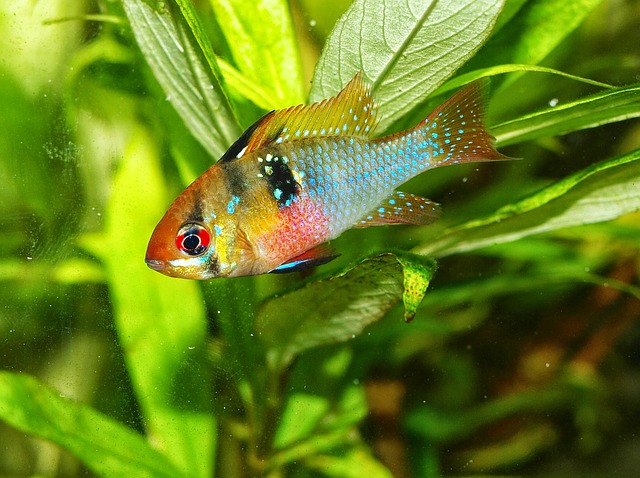Despite the great opportunities for growth that exists in aquaculture there are a number of issues that kind of impact the growth of the aquaculture industry. In order to scale aquaculture farming; there are a number of factors that can have such a huge impact on fish farming and such should be looked into. Factors such as maintenance of optimal feed conversion ratio and management of costs are key factors that ensure profitable and successful fish farming. Reduction of costs that are done with the intention of maximizing profits should be cautiously done.
Here are some of the tips that should be taken note of with regard to scaling aquaculture;
Provision of nutritionally balanced feed
In most aquaculture farms, feeds constitute about 50-70% of operational costs. When it comes to selecting a feed, the cost per pound should never be the key deciding factor when selecting feed instead performance should be taken into consideration. Evaluation of feed performance should be considered with regard to a number of characteristics such as;
- Feed efficiency
- Overall quality
- Growth rate
- Digestibility
- Health and immune support
- Reduced medication costs
- Water quality maintenance
The integrity and quality of the selected feed will vary depending on the different stages of life and species. When feeds are correctly formulated, it helps with ensuring the best results. Farmers should be able to determine the protein content as that helps in evaluating feed quality and the higher the protein content the better the feed.

Maintenance of optimal water quality
Proper maintenance of water quality is highly dependent on an understanding that the correct water quality and the culture for fish being farmed is absolutely essential. It’s also important to note that the environmental conditions will vary depending on the species of the fish and failure to maintain optimal water quality can negatively affect the growth and performance of the fish. The risk of disease could also increase if the immune response of the fish declines.
Use of a nutritional balance and quality raw materials in the feed is likely to result in higher palatability and the digestibility of the feed and that will be evident in the waste excreted by the fish. A low feed digestibility is likely to lead to increased mineral and protein excretion. Such waste has high amounts of potentially harmful ammonia and nitrogen which can to a great extent pollute the water and endanger the fish.
Develop best practices management program
The development of a best practices management program is vital for the realization of optimal farm performance. A well-implemented management program supports biosecurity practices and better feeding. Investment in automated feeding technologies can help with reducing labor costs over time and to a great extent brings to an end some of the feeding practices that can contribute to poor water quality.
Support Health
Commit to the provision of feed that offers a good nutritional balance as that can directly impact the health of the fish and the success of the farm. Vitamins and minerals should be added to the feed in order to create a nutritionally balanced and truly complete fish diet that meets the basic nutritional needs of the fish.
For more information on aquaculture, visit our EAT Community to join a team of professionals as they share more insight and ideas on how to improve the industry and enhance profitability.



